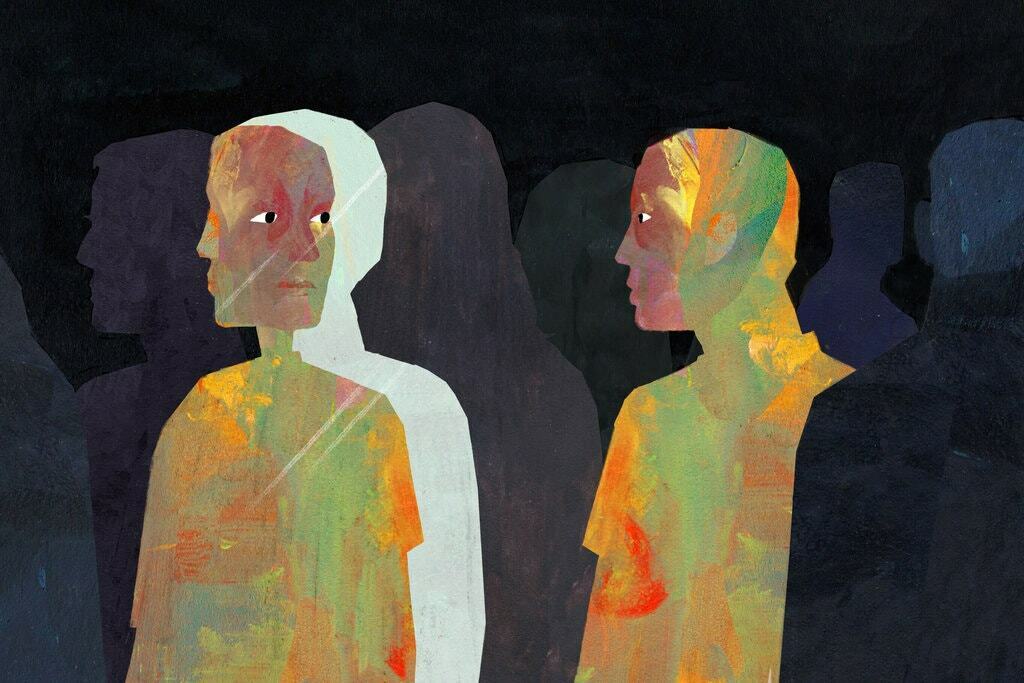
Fahid Fayaz Darangay
THE common definitions of physical disability available easily on the internet is that it is a substantial and long-term condition affecting a part of a person’s body that impairs and limits their physical functioning, mobility, stamina or dexterity. Observing minutely this definition, it seems that only physical functioning, mobility, stamina or dexterity is assumed to be affected.
However, this definition eliminates the presence of other challenges that are as much of an outcome of being a person with disability. This dominantly ignores the correlation between physical disability and mental health. Many researches have explored the causality between physical disability and mental health especially depression.
My personal experience has made it obvious that traditionally, our society looks down upon people with disability. I myself am a Person With Disability (PWD).These three alphabets should only describe my physique but not my emotions , my mental strength, my creative ability, my ability to earn(both money and respect) or my caliber to absorb pressure. However, there are times when the assumptions of society make me question my own self-image. But when others are preferred over me for no fault of mine, I seek inspiration through people like Robert Collis, Christy Brown, Helen Adams Keller and Stephen William Hawking. I seek my inspiration not from people who consider me less than them but from people who’ve done far better even as they had physical disabilities.
In a study conducted by James D. Leeper, Lee W. Badger, and Tamar Milo, it was argued that persons claiming physical disability who were evaluated at a primary care health center in a small southern city were administered the Diagnostic Interview Schedule. Fifty-six per cent of the 43 patients were found to have one or more psychiatric disorders.

Forty-three consecutive disability determination patients were the subjects for this pilot study. There were 23 males, 15 of them White; the 20 females were equally divided between Black and White. Sixty per cent (N = 9) of the White males were between ages 50 and 59 whereas the Black males were represented approximately equally in the 10-year intervals between ages 30 and 69. Black females were younger (50 per cent were less than 39 years old) than White females (70% were over 50 years old). Fifty-six per cent of the patients were found to have one or more current psychiatric disorders according to the DIS. Ten patients had one disorder, seven had two disorders, two had three disorders, two had four disorders, and three had five disorders. The most common DIS diagnoses were phobia, anxiety, and panic. Other diagnoses were alcoholism, depression, somatization, organic brain syndrome, schizophrenia, and barbiturate dependence. Two-thirds of Blacks and 48 per cent of Whites had one or more diagnosis. Proportionately more males than females had one or more diagnosis. An equal percentage of those under age 50 and those age 50 or older had one or more diagnosis. Married patients had a slightly lower prevalence of disorder than those unmarried. None of these relationships was statistically significant.
Albert Schweitzer, a French-German theologian once said, “The purpose of human life is to serve, and to show compassion and the will to help others”. This approach is the need of the hour in our society. We need awareness as much as compassion. Ableism and Ableist language should be discouraged in our society. Meaningful interventions should be made to ensure that people with disability have better access to resources and opportunities. We need to normalize as well as sensitize people towards physical disability. This will be only possible if we change conventional attitudes. People with disability only need others to treat them with dignity as well as compassion, so they do not find such hindrances on their way to achieve things and contribute, both, economically as well as socially.
P.S: I am a proud Person with Disability
- The Author is currently pursuing Masters in Financial Economics from Madras School of Economics, Chennai, Tamil Nadu
Kashmir Observer encourages readers to stay informed and avoid ableist language. Here are some resources:
https://www.unr.edu/nevada-today/blogs/2020/avoiding-ableist-terminology
Follow this link to join our WhatsApp group: Join Now
Be Part of Quality Journalism |
Quality journalism takes a lot of time, money and hard work to produce and despite all the hardships we still do it. Our reporters and editors are working overtime in Kashmir and beyond to cover what you care about, break big stories, and expose injustices that can change lives. Today more people are reading Kashmir Observer than ever, but only a handful are paying while advertising revenues are falling fast. |
| ACT NOW |
| MONTHLY | Rs 100 | |
| YEARLY | Rs 1000 | |
| LIFETIME | Rs 10000 | |













